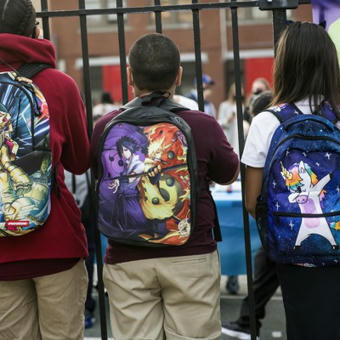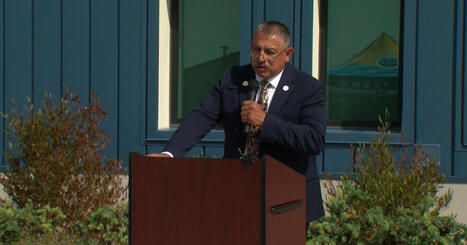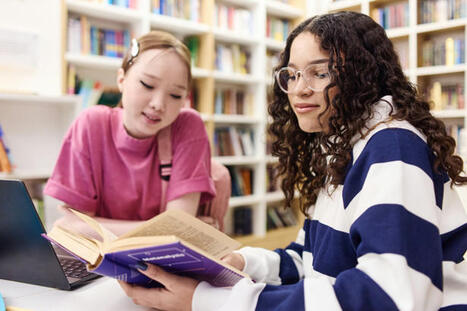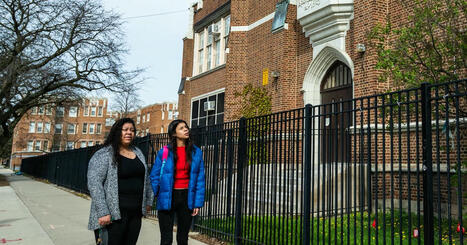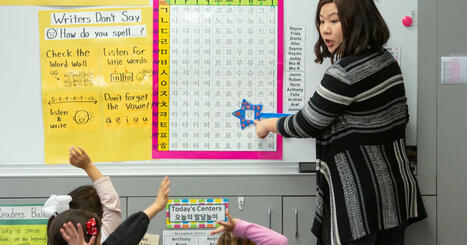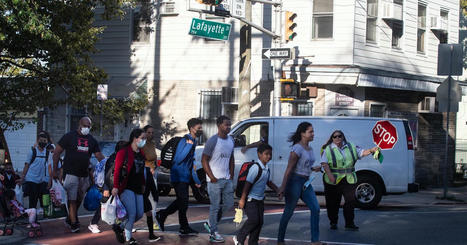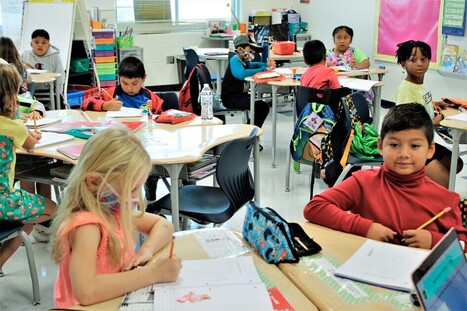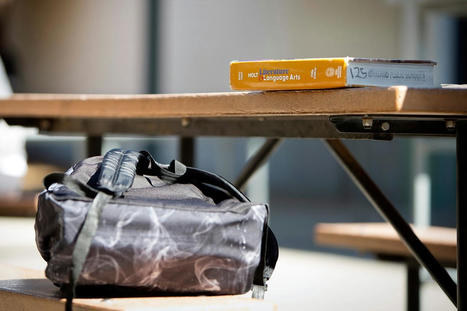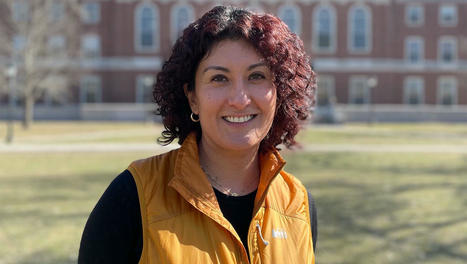 Your new post is loading...
Premise Charlemagne once said, “To have another language is to possess a second soul.” It’s also often said, “Quien habla dos idiomas vale por dos .” One of the many benefits of being bilingual is that it exposes an individual to diverse customs and ideas and increases awareness of other cultures. More than half the world speaks more than one language on a daily basis, and speaking two or more languages has many benefits, such as bilingual and multilingual learners (MLLs) having greater problem-solving skills, a multicultural awareness and appreciation, higher academic
Age of Learning’s “My Reading Academy Español,” to be discussed at City & State’s upcoming Education in New York Summit, will help instill fundamental reading skills that will help students acquire a second language
Have you ever heard that children get confused when learning two languages? Sadly, many Latinos have heard this misconception, even though research shows the opposite. Dual language learners are children who are learning two (or more) languages at the same time or are learning a second language while continuing to develop their home language. One in three children under five years old in the US is a dual language learner, building the foundation for bilingualism and all its lifelong benefits from birth. Yet widespread misinformation about multilingual development continues putting these children’s futures at risk. Extensive scientific evidence, reviewed by
When American-born students move to Mexico and enroll in local schools, officials say language can be a major barrier.
The San Diego County Office of Education aims to be a place where, in accordance with our board goal of providing educational opportunities and support so that all students are successful, we prioritize the specific needs of immigrant, refugee, and newcomer students and all historically marginalized communities in our policies and ongoing dialogues.
So-called heritage learners are forcing educators to rethink and reframe their approaches to teaching second languages in the classroom.
Kate Kinsella offers evidence-aligned strategies to build reading fluency within dedicated ELD and content-area coursework
Social–emotional learning’s (SEL’s) reach has expanded significantly over the past decade and has especially accelerated during the last few years. High-quality SEL can support students’ general well-being as a pathway to improved academic outcomes (Durlak et al., 2011; Zins and Elias, 2007). With multilingual learners comprising nearly 23% of the US student-age population and rising (National Center on Education Statistics, 2022), as well as the numerous challenges MLs face in receiving an equitable and excellent education, it is important to ask the question of how inclusive SEL initiatives and programs are of multilingual learners. The Collaborative for Academic, Social, and
Many of Chicago’s migrant families are settling down in neighborhoods with underresourced, segregated schools that don’t have the proper language support for children learning English as a new language.
Teacher apprenticeships are being implemented across the country, but what role can they play in preparing teachers of English learners??
A new report found the state’s Latinx student population is steadily increasing but in schools where they are less likely to be around students from different backgrounds and less likely to have access to advanced courses and basic resources such as mental health professionals.
My decade-long involvement in shadowing projects across the country has taught me that the average percentage of time that multilingual learners (MLLs) are speaking is often 5–10%. This is in contrast to what researchers like Pauline Gibbons (2015) tell us—that MLLs should be spending at least 30% of their school day in academic talk. This deafening silence has also affected virtual classrooms, where our MLLs are typically invisible and all students may have few speaking opportunities. Additionally, five major lessons learned after ten years of shadowing include the following: • Shadowing is not a panacea—there must be a plan to
Exploring a different language may be difficult in the beginning, and our education system in schools around the United States can always use new ways
|
It is imperative that students have access to culturally responsive materials that help them understand not only themselves but others as well. Research shows when students have books and lessons that reflect who they are, they are more engaged, achieve greater learning outcomes, and are more empathetic to their classmates.1 When educators provide this essential support, they honor the rich and diverse experiences of their students by sharing stories that are reflective of those experiences. To make this a reality, educators, authors, publishers, and literacy advocates must come together to help introduce even more students and their families to books
Schools are placing a greater emphasis on foundational skills than ever before, and rightly so. For many years, schools struggled to develop frameworks that explicitly and systematically teach these skills while also ensuring other components of literacy are present, such as reading grade-level texts and writing. In dual language and multilingual programming, the task is even more complex. How do we ensure that our multilingual students are developing critical literacy skills in the target language as well as in English? As districts work to provide systematic phonics instruction, it is important to keep our perspective inclusive and ensure that we
With more immigrant children entering U.S. classrooms, school districts find themselves in need of bilingual professionals where they hadn’t before
A majority of parents would prefer to enroll their children in bilingual education programs.
The latest education news updates from EdSource.
Meaning-making practices must be emphasized and content should be relevant to older ELs to keep them engaged in reading.
A judge orders Arizona Superintendent of Public Instruction Tom Horne to pay over $120K in attorneys fees after his dual language lawsuit was tossed.
Rebecca Blum Martinez, Dual Language National Advisor for ELSF, shares why it's vital to improve the quality of Spanish language instructional materials.
Teachers can bridge two worlds, one learner at a time, by helping emergent bilinguals with differentiation and belonging, Jose Viana writes.
Superintendent of Public Instruction Tom Horne has been steadfast in his effort to get Arizona schools to stop using the 50-50 dual language model. He says it not only violates state law, but is not as effective as full, Structured English Immersion. But, many people who have experience with 50-50 programs say it’s the best way to learn a language.The 50-50 model is one of four language models approved by the State Board of Education. It allows students to be taught for half the day in one language and half in another.
Ivannia Soto, Jose Flores, and Karla Palomino share their findings from the first year of their online teacher education program
Having grown up in a multilingual family, Melissa Cuba knows firsthand what school is like for students who have multifaceted identities and come from diverse cultural and linguistic backgrounds. As an assistant professor of special education at the University of Maine College of Education and Human Development, Cuba’s research focuses…
|




 Your new post is loading...
Your new post is loading...


